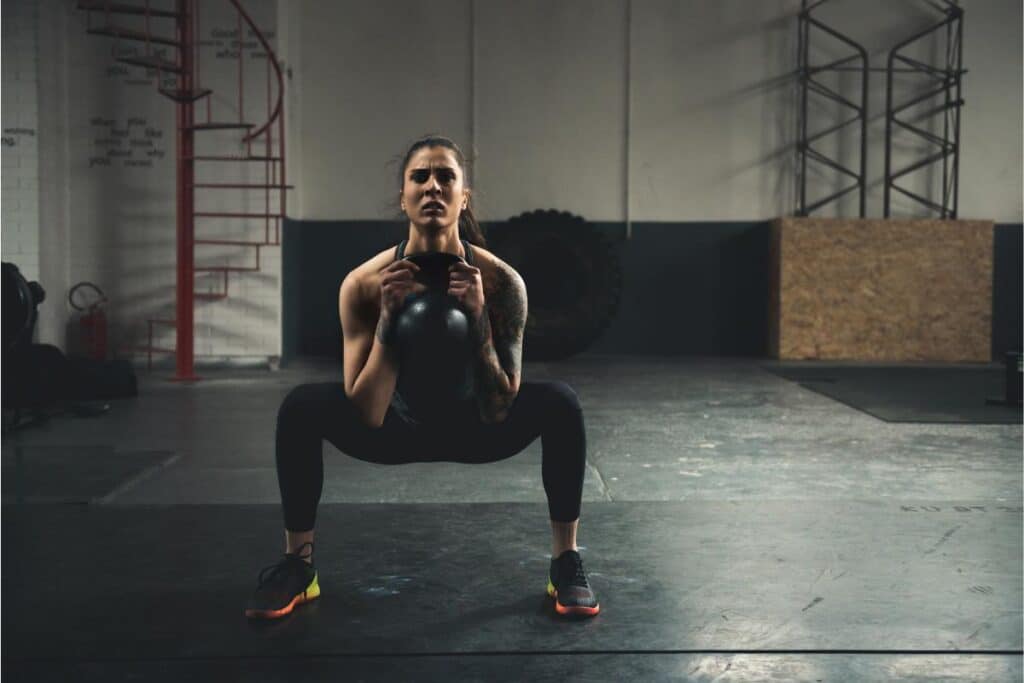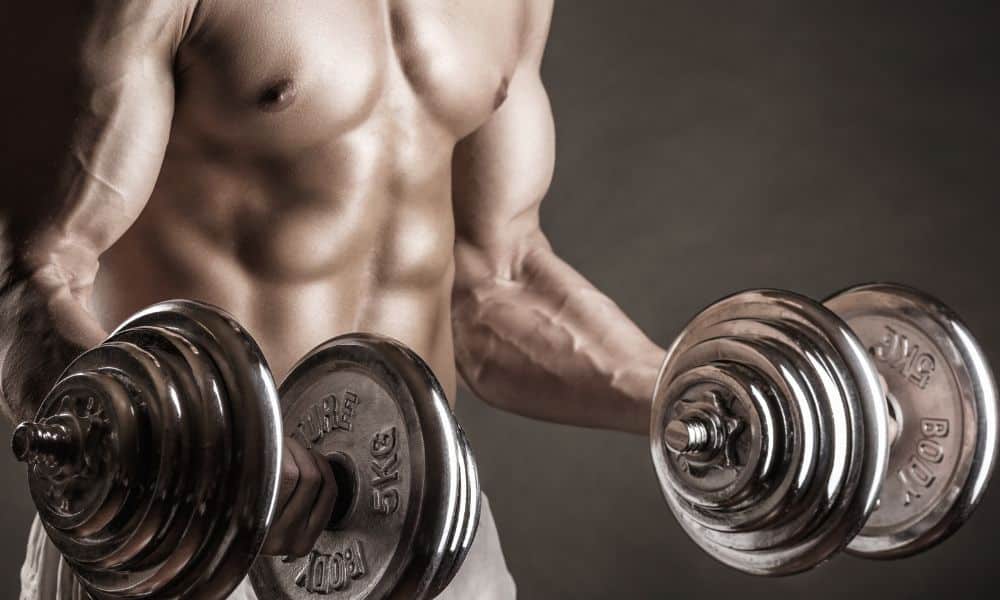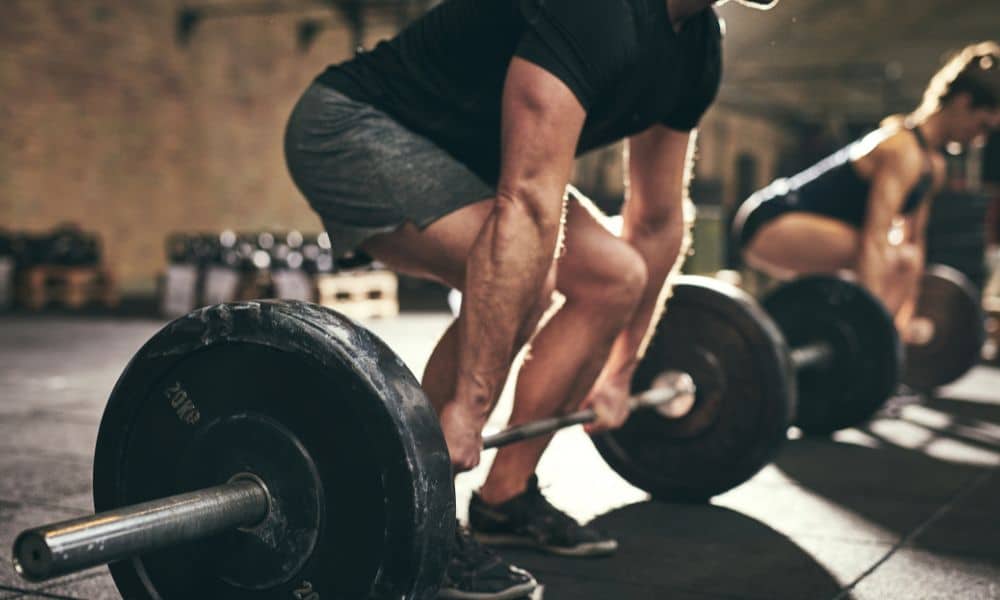The squat is a fundamental movement pattern with a multitude of benefits, widely revered in fitness circles for its comprehensive ability to target major muscle groups. When performed correctly, squats not only strengthen the lower body but also engage the core, enhance balance, and improve overall athletic performance. This article will delve into the myriad benefits of squatting and outline the best practices for executing a proper squat.
The Multifaceted Benefits of Squatting:
Squatting, when executed with proper form, can offer a wide array of health and fitness benefits, which include:
- Muscle Growth and Strength: Squats primarily work the quadriceps, hamstrings, and glutes. These muscles are crucial for walking, jumping, and maintaining an upright posture.
- Core Stability: By engaging the muscles of the lower back and abdomen, squats contribute to a stronger core, which is vital for everyday movements and athletic endeavors.
- Enhanced Mobility: Squats can improve the flexibility of your lower back and hips, contributing to better mobility and reduced risk of injury.
- Increased Caloric Burn: Being a compound movement, squats can help increase your metabolic rate, aiding in weight management and fat loss.
The Anatomy of a Proper Squat:
Understanding the mechanics of a proper squat is essential for reaping its full benefits and avoiding injury.
- Starting Position: Begin with your feet shoulder-width apart, toes slightly turned out. Keep your spine in a neutral position, and your chest lifted.
- The Descent: Initiate the movement by hinging at the hips and bending the knees as if you’re sitting back into a chair. Keep your knees aligned with your toes.
- Depth of the Squat: Aim to lower down until your thighs are at least parallel to the floor, ensuring your heels remain flat.
- The Ascent: Drive through your heels to return to the starting position, keeping your core tight and engaged throughout the movement.
Key Form Cues and Safety Tips:
To ensure the squat is performed correctly, consider the following tips:
- Knee Positioning: Avoid letting your knees cave inward. They should track over your toes throughout the movement.
- Weight Distribution: Keep the weight on your heels and mid-foot, not on your toes.
- Back Position: Maintain a braced core to support your back. Do not let your lower back round or your shoulders hunch forward.
- Breathing: Breathe in as you lower down and exhale forcefully as you push back up to standing.
Common Mistakes to Avoid:
Steer clear of these common squatting mistakes to enhance performance and prevent injuries:
- Neglecting Warm-Up: Ensure your joints and muscles are adequately warmed up before squatting heavy weights.
- Improper Depth: Half-squats do not engage the glutes and hamstrings fully. Strive for full depth while maintaining good form.
- Overextending the Knees: Your knees should not extend far beyond your toes to reduce the stress on the knee joints.
Conclusion:
Squatting is a powerful exercise that can significantly bolster your strength, stability, and athletic performance when performed with the correct technique. It’s a versatile movement that can be modified to fit any fitness level. By adhering to proper form and progressively challenging yourself, you can unlock the full potential of your lower body strength.
Remember, quality trumps quantity—focusing on the proper technique is more beneficial than the number of reps or the amount of weight lifted. Whether you’re a beginner or an experienced athlete, incorporating squats into your workout routine can contribute to a stronger, healthier, and more balanced physique.




